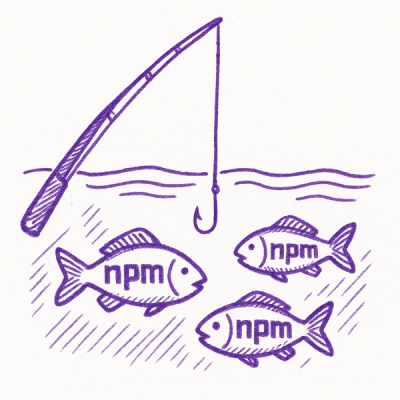Redis Schematics
Provides Redis persistence to Schematics models with cutomizable abstraction levels.
|travis|
.. |travis| image:: https://travis-ci.org/loggi/redis-schematics.svg?branch=master
:target: https://travis-ci.org/loggi/redis-schematics
Installing
Using pip::
pip install redis_schematics
Understanding Persistence layers
There are several ways to implement complex objects persitence on a key-value-set
database such as redis. The best way to do it depends on your application constraints.
We think that providing a good storage model for your application is to allow you
to choose which abstraction you want to use. Below you can find a comparison on different
provided abstraction layers.
Currently we only support a SimpleRedisMixin and SimpleRedisModel, but you can
use BaseRedisMixin to build your own persistance layers.
SimpleRedisMixin
Add Redis persistance to an object using a simple approach. Each object
correnspond to a single key on redis prefixed with the object namespace,
which correnponds to a serialized object. To use this mixin you just need
to declare a primary key as on the example below.
You may use this Mixin when you have frequent matches on primary key and set
operations, unique expires, hard memory contraints or just wants a 1-1 object-key
approach. You may not use this Mixin if you need performance on filter, all
and get on non primary key operations.
HashRedisMixin
Add Redis persistance to an object using a single hash approach. Each type
correnspond to a single key on redis containing a hash set with every instance
as an entry on the set which contains a serialized object.
You may use this Mixin when you have frequent matches on primary key, set and
all operations, hard memory contraints or wants a single key approach.
You may not use this Mixin if you need performance on filter and get on
non primary key operations.
Quickstart
Creating models with persistence
Note: you should include a pk, but don't bother setting it's value manually.
We can infer it from an id field or by setting a tuple of field names using
__unique_together__.
.. code-block:: python
from datetime import datetime, timedelta
from redis import StrictRedis
from redis_schematics import SimpleRedisMixin
from schematics import models, types
class IceCreamModel(models.Model, SimpleRedisMixin):
pk = types.StringType() # Just include a pk
id = types.StringType()
flavour = types.StringType()
amount_kg = types.IntType()
best_before = types.DateTimeType()
Setting on Redis
Saving is simple as set().
.. code-block:: python
vanilla = IceCreamModel(dict(
id='vanilla',
flavour='Sweet Vanilla',
amount_kg=42,
best_before=datetime.now() + timedelta(days=2),
))
chocolate = IceCreamModel(dict(
id='chocolate',
flavour='Delicious Chocolate',
amount_kg=12,
best_before=datetime.now() + timedelta(days=3),
))
vanilla.set()
chocolate.set()
Getting from Redis
There are two basic ways to get an element from Redis: by pk or by value.
You can use the classmethods match_for_pk(pk) or match_for_values(**Kwargs)
or just simply match(**kwargs) to let us choose which one. Notice that the
performance from both methods is a lot different, so you may avoid matching
for values on high performance environments. You may also use refresh to reload
an object from storage if it has been modified.
.. code-block:: python
IceCreamModel.match_for_pk('vanilla')
IceCreamModel.match_for_values(amount__gte=30)
IceCreamModel.match(id='vanilla') # match on pk
IceCreamModel.match(best_before__gte=datetime.now()) # match on values
vanilla.refresh()
Fetching all and filtering
You can also use all() to deserialize all and filters. Notice that
this invlolves deserializing all stored objects.
.. code-block:: python
IceCreamModel.all()
IceCreamModel.filter(amount__gte=30)
Deleting and expiring
To remove objects, you can set __expire__ or use the delete() method.
Notice that expires work differently on single key and multiple keys approaches.
.. code-block:: python
class MyVolatileModel(models.Model, SimpleRedisMixin):
__expire__ = 3600 # model expire (in seconds)
pk = types.StringType()
vanilla.delete()
JSON
If you want json serialization, you have at least two options:
- Patch the default serializer.
- Write a custom JSONEncoder.
We've implemented a handy patch funtion, you need to add this
code to somewhere at the top of everything to automagically add
json serialization capabilities:
.. code:: python
from redis_schematics.patches import patch_json
patch_json()
.. note::
Eventually ``__json__`` will be added to the stdlib, see
https://bugs.python.org/issue27362
Roadmap
We are still 0.x, but we are very close to a stable API. Check our roadmap <https://github.com/loggi/redis-schematics/issues/40>_ for a glance of what's missing.



